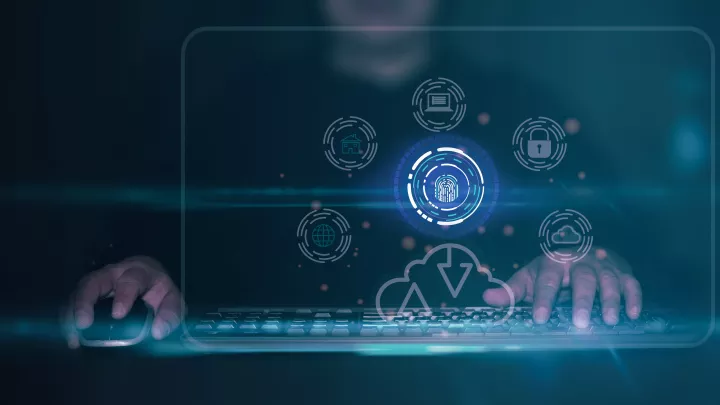3 Reasons for Attack Surface Scanning

Taking back control of your network in light of hackers’ growing sophistication can be time-consuming. Even well-established organizations with money to spend on solid cybersecurity programs are still falling victim to some of the new sneaky breach attempts, as seen with this year's ransomware attacks.
But as your digital infrastructure expands, understanding where cyber risk lies hidden can be challenging. In this increasingly diverse environment, your security team ends up buried in a sea of data and alerts — and may end up missing something important. They are also hopping between multiple tools and lack a complete picture of your company’s security posture.
Rather than play whack-a-mole with threats, here are three reasons you should focus on attack surface scanning to mitigate risk:
1. To secure your network, you need to know where risk is hidden
Because you can’t secure what you can’t see, you first need to discover and validate your digital footprint. Without that visibility, it’s difficult to prioritize cyber risk remediation efforts – and may lead to spending scarce resources on unnecessary manual work and reactive, defensive strategies.
However, using attack surface scanning, you can automatically and continuously take inventory of your digital assets far beyond your traditional network perimeter. You can gain visibility into the cloud and across geographies, business units, and remote offices.
For instance, Bitsight Attack Surface Analytics gives you unprecedented dashboard views into digital assets across your IT infrastructure. Instead of manually tracking asset inventory via a spreadsheet, you can discover each asset automatically and pinpoint where they are located for quick remediation.
You can also quickly and easily identify areas of concentrated risk. For example, if an AWS cloud instance in Northern Virginia exhibits a worrying number of vulnerabilities, including misconfigurations and infections – you can move quickly to address these.
Read more about how Bitsight Attack Surface Analytics reduces the new and evolving risks associated with the cloud.
2. Attack surface scanning facilitates continuous insights
Scanning will also provide instant updates into the state of your security posture. Instead of waiting for yearly assessments (and new risks to emerge), you can take a proactive approach to risk management by continuously monitoring your network for vulnerabilities and gaps in your security controls.
With Bitsight Security for Performance Management, you can gather information about everything from botnet infections and spam propagation to patching cadence and open ports in an easy-to-understand format that provides the latest view of your security posture. With a single pane of glass view into your digital ecosystem, you can overcome the visibility gaps that siloed tools create and scale your security program using the resources you already have.
Importantly, the same attack surface monitoring can be used to protect against third-party cyber risk. Bitsight for Third-Party Management uses our continuous monitoring technology to expose risk in your digital supply chain. With a single tool, you can quickly assess a vendor’s security posture, eliminate time-consuming and costly onboarding assessments, and monitor their security throughout the life of the relationship.
3. See your network from the view of a hacker
Finally, attack surface scanning allows you to see your network in the same way a hacker does. It exposes the common vulnerabilities they continue to exploit to execute ransomware, DDoS, and other attacks.
With BitSIght, misconfigured software, open ports, and unpatched systems are all easily discovered. Such security gaps may seem inconsequential, but to a clever and persistent hacker they are like an open doorway to your organization’s crown jewels.
Fortunately, with attack surface scanning and the complete visibility that Bitsight brings, your organization can get one step ahead of bad actors and proactively close gaps in security controls before they are exploited.


